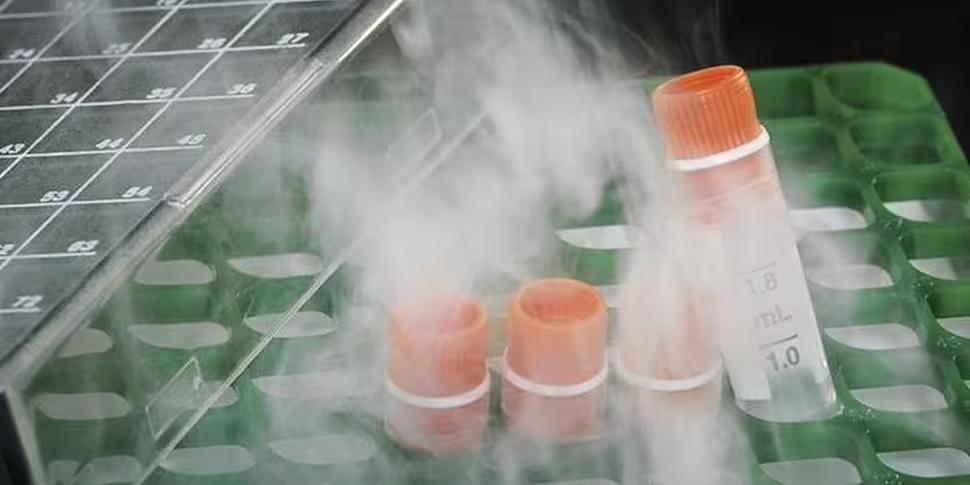On The Right Hook this evening, George talked to Elizabeth Howard, whose genetic father anonymously provided a genetic sample to a Harley Street clinic in 1971. That is all she knows about his identity, and this has strongly affected her own.
Listen here:
While it’s unclear who first conceived of the idea of sperm donation, the earliest recorded in a medical institution dates back as far as 1884, and took place at the Jefferson Medical College in Philadelphia. But it would be a further 60 years before the first publication of a modern account of what was then called ‘Donor Insemination’ (DI) was produced in the British Medical Journal. The doctor behind the research, Mary Barton, was vilified in the press and condemned worldwide.
Governments and religious bodies around the globe pushed to outlaw DI, with Pope Pius XII calling it a sin. Despite a number of heated debates, DI was not made illegal – but it also wasn’t given any legal status either. As such, research and insemination continued, albeit in private institutions and carried out under complete discretion.
The anonymity and secrecy that went hand in hand with donor insemination was not merely to hide the name of the male donors, but also sought to protect the women in receipt of the revolutionary treatment, and the medical professionals carrying out the procedure. Records from that time are scant in detail, and the names of the donors were not preserved in files. In order to reduce the social stigma and hush conversations about milk men, doctors tried to match the key physical characteristics of infertile men to donor samples, so height and hair colour would fall in line with expectations.
To maintain the ruse, couples who conceived and raised their children by DI often chose to keep it a secret, and typically recorded their own names on their children’s birth certificates. The children were often raised to believe that their registered father was their genetic one, and the existence of the donor was simply not acknowledged.
By the 1970s, the general attitude among the public began to soften towards the concept of donor insemination. In the US, Congress passed laws to finally recognise DI as a legal practice, allowing the mother’s partner to be registered as the legal father of the baby. On this side of the Atlantic, changes were slower to come, and it was still a criminal offence in many European countries to identify male donors until the 90s – though children conceived this way were able to access some information about their genetic fathers, provided it did not reveal his identity.
Various development in infertility treatments since the late 1970s meant new ways to conceive children have become commonplace in countries all over the world.
In Ireland, new legislation is in the drafting process that will strip away the right of anonymity of male sperm donors, and will create a register to allow children to trace their genetic ancestry. This also applies to egg donors, and any man or woman wishing to donate their gamete cells will have to provide details about themselves – with the knowledge that when a child conceived through their genetic material turns 18, he or she may request the access to these records.









